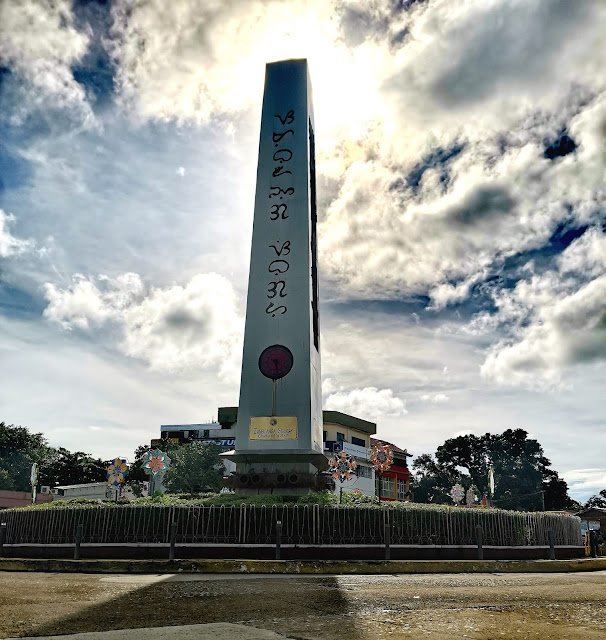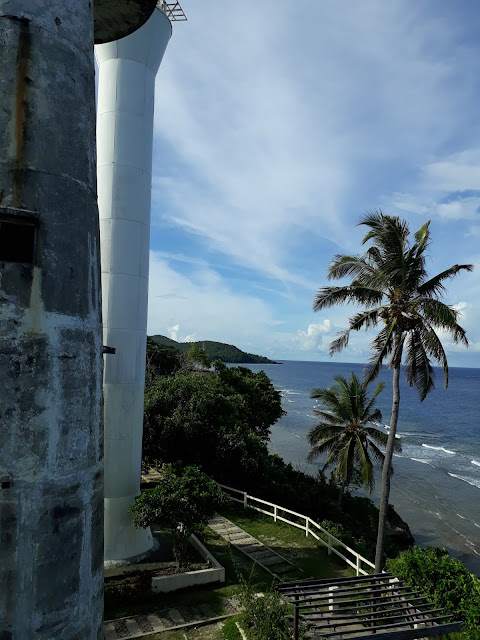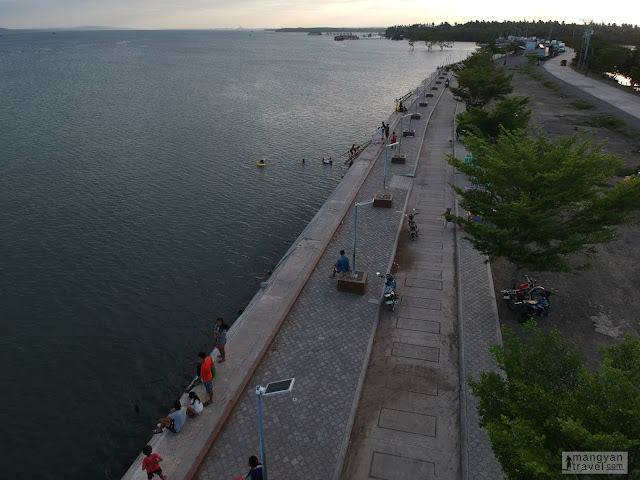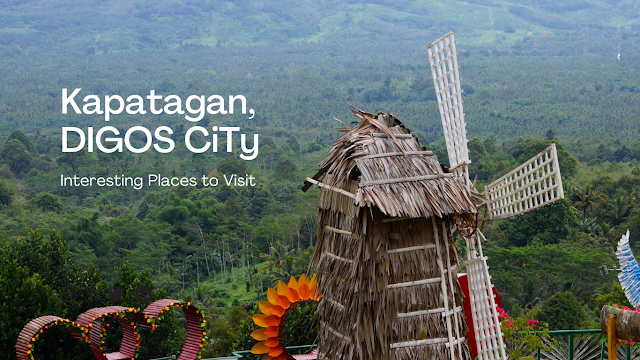Ipil, Zamboanga Sibugay
Ipil, located in the province of Zamboanga Sibugay in the Zamboanga Peninsula region of the Philippines, stands as a vibrant and progressive municipality. With its rich history, dynamic governance, and thriving economy, Ipil has become a center of commerce, education, and cultural heritage. This article explores the significance of Ipil, highlighting its governance, geography, population, and economic profile.
A Storied Past and Resilient Governance:
Founded on July 26, 1949, Ipil has a rich history that reflects the struggles and triumphs of its people. The municipality operates under the Sangguniang Bayan system, with Mayor Anamel C. Olegario leading the local government. Assisting the mayor is Vice Mayor Ramses Troy D. Olegario. Dulce Ann K. Hofer represents the municipality in the 2nd district. The Municipal Council, composed of elected officials, works tirelessly to address the needs and aspirations of the community.
Strategic Location and Demographics:
Ipil is strategically located in Zamboanga Sibugay, making it a vital hub for trade and commerce. The municipality spans a total area of 241.60 square kilometers (93.28 square miles) and encompasses 28 barangays. Situated at an elevation of 27 meters (89 feet) above sea level, Ipil's highest point reaches 185 meters (607 feet), while the lowest point lies at -2 meters (-7 feet). As of the 2020 census, the population stood at 89,401 individuals residing in approximately 21,548 households. The native languages of Subanon, Cebuano, Chavacano, and Tagalog are widely spoken, reflecting the linguistic diversity and cultural heritage of the community.
List of Barangays
- Bacalan
- Bangkerohan
- Buluan
- Caparan
- Domandan
- Don Andres
- Doña Josefa
- Guituan
- Ipil Heights
- Labe
- Logan
- Tirso Babiera (Lower Ipil Heights)
- Lower Taway
- Lumbia
- Maasin
- Magdaup
- Makilas
- Pangi
- Poblacion
- Sanito
- Suclema
- Taway
- Tenan
- Tiayon
- Timalang
- Tomitom
- Upper Pangi
- Veteran's Village
Thriving Economy and Infrastructure:
Ipil is classified as a 1st municipal income class area, showcasing its economic growth and development. In 2018, the municipality recorded a poverty incidence of 22.30%, indicating successful efforts to uplift the living conditions of its residents. In 2020, Ipil generated revenue of ₱305.5 million, with total assets valued at ₱1,074 million. The municipality allocated ₱294 million for expenditures, with liabilities amounting to ₱221.3 million. These financial indicators illustrate the municipality's commitment to sustainable development and improving the quality of life for its residents.
The provision of electricity services in Ipil is overseen by the Zamboanga del Sur 2 Electric Cooperative (ZAMSURECO 2), ensuring a reliable power supply for the community. Ipil also focuses on enhancing its infrastructure, including roads, bridges, and public facilities, to improve connectivity and cater to the needs of its residents.
Culture, Education, and Heritage:
Ipil takes pride in its cultural heritage, which is celebrated through various events and festivals. The municipality promotes the preservation of local traditions, arts, and crafts, showcasing the unique cultural identity of its residents. Ipil is also home to educational institutions that provide quality education and contribute to the intellectual growth of the community.
The municipality of Ipil is a thriving municipality that serves as the progressive heart of the region. With its resilient governance, strategic location, and thriving economy, Ipil offers a promising environment for residents and businesses alike. As the municipality continues to invest in infrastructure, promote economic growth, and preserve its cultural heritage, it invites visitors to experience its dynamism, explore its natural beauty, and immerse themselves in the rich cultural tapestry of Ipil, Zamboanga Sibugay.
Tourism
Buluan Island in Ipil, Zamboanga Sibugay, offers a serene and secluded getaway for visitors. Serendipity Isle provides pristine beaches and clear waters for relaxation, while Señyora La Birhen Del Pilar Chapel stands as a cultural and religious landmark. The island also boasts natural wonders like forests and waterfalls, along with a rich cultural heritage. Responsible tourism and preservation efforts ensure the island's beauty and significance for future generations. Buluan Island invites travelers to experience tranquility, connect with the community, and create lasting memories.
To reach Buluan Island in Ipil, Zamboanga Sibugay, you can follow these general directions:
By Air:
- Fly to Zamboanga International Airport, which is the nearest major airport serving the region.
- From the airport, you can hire a taxi or take a tricycle to Zamboanga City's port area.
By Sea:
- From Zamboanga City, take a ferry or boat bound for Ipil. There are regular boat services available at Zamboanga City Port.
- The boat journey to Ipil usually takes around 2-3 hours, depending on the sea conditions and the type of vessel.
Once you reach Ipil, you can proceed to Buluan Island by following these additional steps:
By Land and Boat:
- From the Ipil town proper, you can hire a tricycle or rent a private vehicle to take you to Sitio Garing-garing or Tiayon, depending on your destination.
- Upon arrival in Sitio Garing-garing or Tiayon, you can arrange for a boat transfer to Buluan Island. Local boat operators can assist you in organizing the boat ride.
It is advisable to check the schedules and availability of transportation options beforehand, especially for boat services, as they may vary depending on weather conditions and local regulations. Additionally, consider contacting local tourism offices or accommodations in Ipil for more specific and up-to-date information on transportation to Buluan Island.









